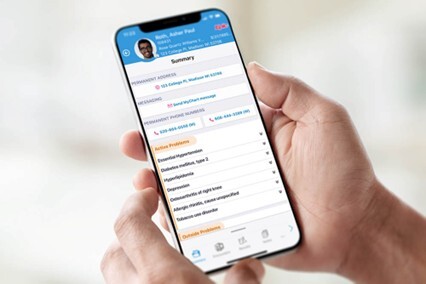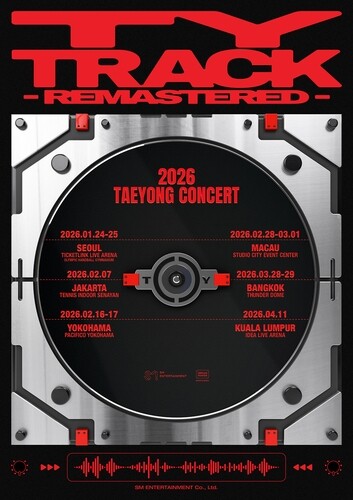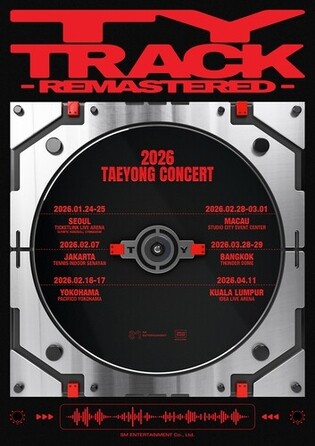*Editor’s note: The number of global Hallyu (Korean Wave) fans is approaching approximately 225 million, according to the 2024 report by the Korea Foundation. The surge in fans marks the dawn of the "Digital Silk Road" era, where communication transcends the limitations of time and space, enabling real-time interaction across the globe. Truly, we are in the era of "Hallyu 4.0."
Suk Soo-sun's Design Management Story: AI Innovation and Medical Tourism (Part 2)
Contributed by Suk Soo-sun (professor at Yonsei Graduate School of Communication & Arts)

In a previous column, I provided a brief overview of how artificial intelligence (AI) is driving innovation in healthcare. In this installment, I aim to explore more deeply the current state of “Medical Korea,” a brand that has grown out of Korea’s medical tourism efforts, and examine where it stands today.
AI diagnostic systems are showing remarkable performance in areas such as radiological imaging, pathology, and genomic analysis. In many cases, these systems are delivering results that are faster and more precise than those produced by human medical professionals. These technological advancements are significantly improving the early detection of diseases and enhancing diagnostic accuracy, thus providing patients with more reliable treatment information. The application of AI throughout the entire medical process raises the potential for greater patient safety and improves the overall quality of healthcare services.
Korea, in particular, has achieved notable growth in AI-based drug development. The number of companies in this field has expanded from just five in 2019 to over forty by 2023. One Korean pharmaceutical company, for instance, successfully utilized AI technology to rapidly develop a new anticancer drug and entered clinical trials within only a few months. Such successful cases are helping to establish Korea as a globally competitive player in the AI healthcare market.
Dr. Alistair Erskine, Chief Information Officer of Emory Healthcare in Atlanta, USA—mentioned in the previous column—underscored in his keynote speech at “Medical Korea 2025” that an AI-based medical environment is essential to meeting the needs of patients. Emory Healthcare has already been employing AI in multiple domains, including research and clinical trials. The institution also supports communication between patients and healthcare providers through real-time multilingual translation tools.
Moreover, Emory has introduced technology that uses wristband-style wearable devices and AI-enabled cameras to monitor patient prognoses. When patients seek information about their health conditions, they can access support through AI as well. During his keynote, Dr. Erskine emphasized that building an integrated AI ecosystem is having a positive impact on both patients and medical staff. Emory Healthcare is increasingly recognized as a pioneer in digital transformation, progressively applying AI systems—from administrative functions to direct patient care—to better meet the evolving needs of its patient population.
Since 2024, Emory has been using an AI-based personalized treatment application called EPIC, which provides timely alerts for managing sepsis cases. More than 200 patients are currently enrolled in this program. The AI algorithm embedded in EPIC monitors patient conditions in real time in the emergency department and intensive care units and offers treatment recommendations accordingly. This algorithm has brought substantial changes to Emory’s medical services and is expected to further accelerate healthcare innovation through AI.
 |
| ▲ Erskine's EPIC app provides certified clinical users of electronic health records (EHR) with secure access to clinic schedules, hospital patient lists, health summaries, test results, and notes. It also enables placing and receiving voice calls for collaboration among care teams. This image is screenshot from the product maker's website. (PHOTO NOT FOR SALE) (Yonhap) |
Dr. Erskine stated that the goal of digital healthcare is to improve access to medical care and increase the options available to patients, which in turn helps physicians make better decisions. Through automation, computers can deliver more personalized care, with the ultimate goal of enhancing patients’ lives. He also highlighted the importance of using technologies such as generative AI, the Internet of Medical Things (IoMT), and cloud-based systems to reduce the workload of healthcare professionals and increase patient trust.
Yet, despite these advances, many hospitals in the United States still rely on CDs to view medical imaging data, revealing how much room remains for digital progress. Although concerns about data leaks persist, we now live in an era where digital transformation is essential for making effective medical decisions. Dr. Erskine emphasized that such issues can be addressed through generative AI and called for urgent and innovative changes. I, too, believe that automating the documentation of medical information through AI can significantly improve the quality of healthcare services.
While it has historically taken an average of seventeen years for new technologies to become established in the healthcare sector, recent advancements are drastically shortening this timeline. However, this shift also requires responsible AI usage to ensure the protection of personal data.
Hyper-personalization has become increasingly necessary in today’s medical environment. This approach involves using AI-driven data analysis to provide tailored services that reflect individuals’ preferences, behaviors, and needs. It goes beyond conventional personalization, offering more refined and nuanced experiences that enhance user satisfaction and maximize engagement.
The application of hyper-personalization in healthcare is growing rapidly. Just as recommendation algorithms and personalized advertisements have become widespread in other industries, healthcare is undergoing a fundamental transformation in how services are delivered. The idea of hyper-personalization has become an essential feature of modern medical systems.
Patients exhibit a wide range of health characteristics, which demand individualized treatments that reflect those differences. Hyper-personalization incorporates these personal variables to deliver customized solutions that can enhance the quality of care. The healthcare field also faces an overwhelming volume of data, including vast records and information provided by patients. Effectively analyzing and utilizing this data is key to the success of hyper-personalized medicine. Meanwhile, patient expectations have also evolved. Today’s healthcare consumers expect services that are closely aligned with their individual conditions and preferences, and hyper-personalization is emerging as a strategy to meet these heightened demands.
Hyper-personalization yields several benefits. First, it can lead to improved treatment outcomes. Personalized treatment plans based on individual characteristics increase the efficiency and success rate of care. For instance, gene-based personalized drug therapies can offer the dual advantage of maximizing effectiveness while minimizing side effects. Patient satisfaction also improves, as people feel more confident and reassured when receiving treatment that matches their specific needs. This not only increases patient compliance but also strengthens trust in healthcare providers. Furthermore, personalized care can lead to a reduction in healthcare costs. By avoiding unnecessary procedures and allocating resources more effectively, early and appropriate interventions can prevent disease progression and reduce overall expenses.
In addition, hyper-personalization is fostering innovation in medical services. By combining data analysis, AI, and wearable technologies, it is helping to create a new paradigm in healthcare delivery. These developments, in turn, promote ongoing research and innovation, generating a positive ripple effect across the healthcare industry.
In conclusion, hyper-personalization has become a central strategy in modern medical care. By centering on the patient and delivering personalized treatments, it helps to maximize therapeutic outcomes while also boosting satisfaction and trust. To take full advantage of this trend, it is crucial to integrate design elements that enhance the overall patient experience. This, I believe, is the first step in transforming Korea into a global leader in AI-powered medical tourism.
(C) Yonhap News Agency. All Rights Reserved


















![[풀영상] 디즈니+ '메이드 인 코리아' 제작발표회|현빈 Hyunbin·정우성 Jung Woosung·우도환·서은수·원지안·정성일·강길우·노재원·박용우|Made In Korea](/news/data/20251215/p179554206856695_165_h.jpg)
















